Are you looking for a quick and flavorful pasta dish? I’m sharing my easy recipe for Pasta Pomodoro, a bright and delicious Italian favorite made with fresh ingredients.
Pasta Pomodoro is a bright and flavorful dish that captures the essence of simple Italian cooking. I love how it uses just fresh ingredients to create a rich, satisfying meal in no time. There’s nothing better than filling my kitchen with the aroma of garlic, basil, and ripe tomatoes.
Over the years, I’ve learned that weeknight dinners can be both quick and delicious. Pasta Pomodoro is my go-to because it’s easy to make and full of vibrant flavors. Once you master this dish, it’s sure to become a favorite in your home as well.
I’m confident that with a few simple tips and tricks, you’ll be able to create a perfectly balanced sauce every time. Just imagine enjoying a fresh, homemade pasta that tastes like it came from a cozy Italian trattoria. It’s an experience worth trying for yourself.
1. Pasta Pomodoro
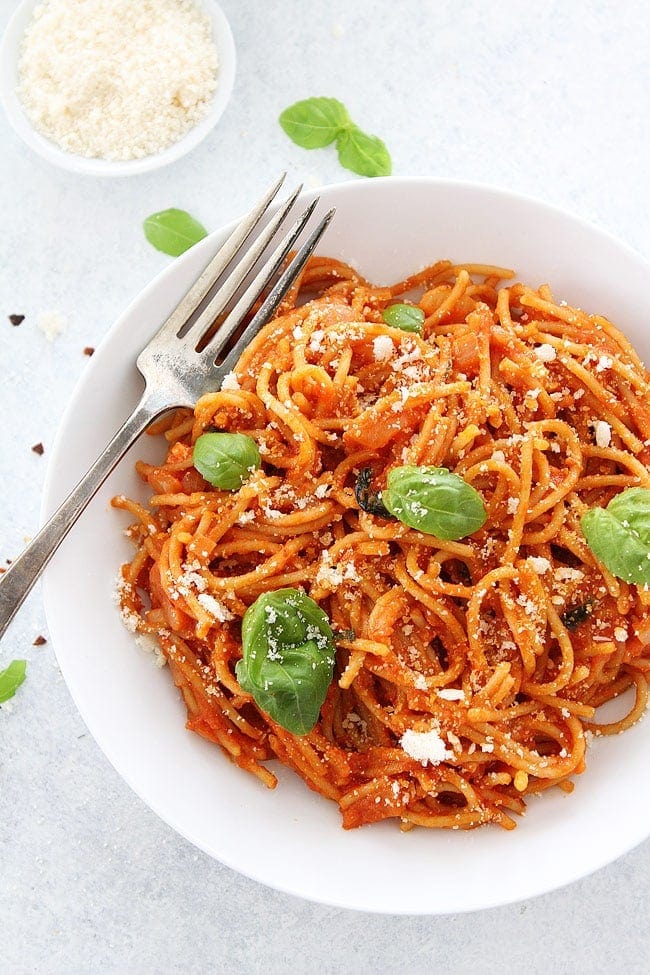
Pasta Pomodoro is a delicious, simple dish featuring a fresh tomato sauce, fragrant basil, and Parmesan cheese that comes together quickly for a perfect weeknight dinner. Made with just a few quality ingredients like canned San Marzano tomatoes, garlic, and a splash of butter, it’s a classic Italian favorite that’s rich, flavorful, and easy to enjoy with a side of salad and garlic bread.
Read the Recipe: Pasta Pomodoro
2. Pasta Pomodoro [www.ambitiouskitchen.com]
![Pasta Pomodoro [www.ambitiouskitchen.com]](https://www.ambitiouskitchen.com/wp-content/uploads/2024/09/Pasta-Pomodoro-7long.jpg)
This Pasta Pomodoro is a quick, fresh, and flavorful dish that comes together in just 30 minutes, using burst cherry tomatoes, garlic, and fresh basil for a vibrant taste. Simply cook your pasta, make a jammy tomato sauce, blend it up, and toss with basil—then enjoy a light, satisfying meal that’s perfect for any weeknight!
Read the Recipe: Pasta Pomodoro [www.ambitiouskitchen.com]
3. Pasta Pomodoro [www.allrecipes.com]
![Pasta Pomodoro [www.allrecipes.com]](https://www.allrecipes.com/thmb/0k1WMkRZ5e0ZDZ0iZ9oepPSfe34=/1500x0/filters:no_upscale():max_bytes(150000):strip_icc()/632125_Pasta-Pomodoro-2x1-163914473075437a96cfc1b3072024b4.jpg)
This Pasta Pomodoro is a quick, light, and flavorful dish featuring juicy tomatoes and fragrant garlic tossed with tender angel hair pasta. For an extra boost, you can add cooked chicken or shrimp, making it a satisfying main course that’s perfect for any busy weeknight!
Read the Recipe: Pasta Pomodoro [www.allrecipes.com]
4. Spaghetti al Pomodoro

Spaghetti al Pomodoro is a vibrant Italian dish that combines fresh, ripe tomatoes and fragrant basil for a quick, tasty sauce. In just 15 minutes, you get a rich, flavorful meal by sautéing garlic, simmering tomatoes, and blending the sauce until it’s perfectly creamy—ready to serve over perfectly cooked spaghetti!
Read the Recipe: Spaghetti al Pomodoro
5. Pasta Pomodoro (Spaghetti with Tomato Sauce)
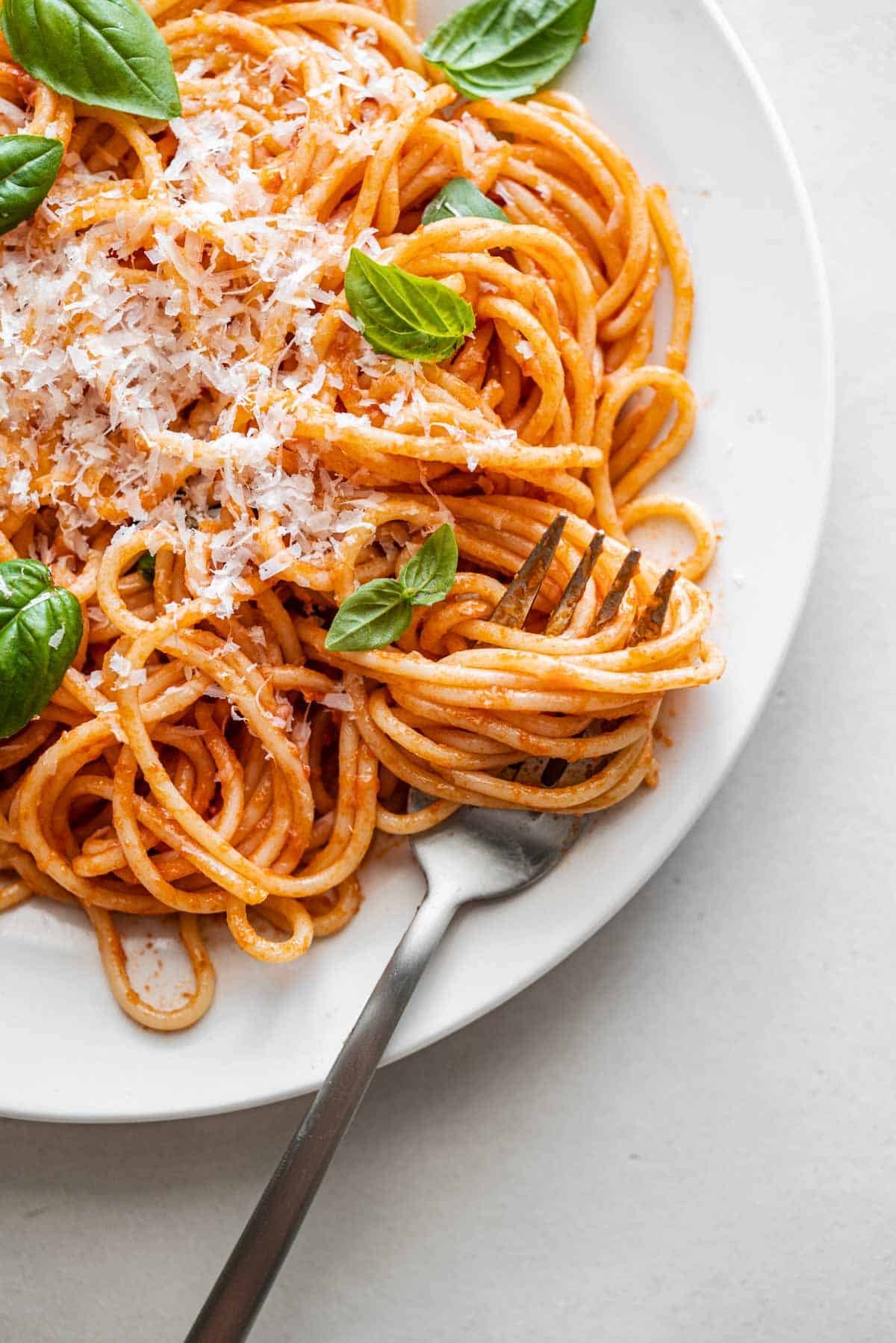
Pasta Pomodoro is a classic Italian dish featuring spaghetti tossed in a rich, basil-infused tomato sauce—simple yet bursting with flavor. It’s quick to make, using fresh ingredients like ripe tomatoes and fragrant basil, and always leaves you craving a taste of Italy’s comforting culinary magic.
Read the Recipe: Pasta Pomodoro (Spaghetti with Tomato Sauce)
6. Easy Pasta Pomodoro
:max_bytes(150000):strip_icc()/Simply-Recipes-Easy-Pasta-Pomodoro-LEAD-3-50cf1c0c6109449581ec2025a859eee6.jpg)
Imagine tossing tender spaghetti into a bright, flavorful Tomato Basil Sauce, made by pan-roasting sweet cherry tomatoes with garlic, olive oil, and a splash of white wine. In just under 30 minutes, you’ll have a light, fresh pasta dish that captures the essence of summer—and it’s perfect anytime you crave a quick, delicious meal!
Read the Recipe: Easy Pasta Pomodoro
7. Creamy Pasta Pomodoro
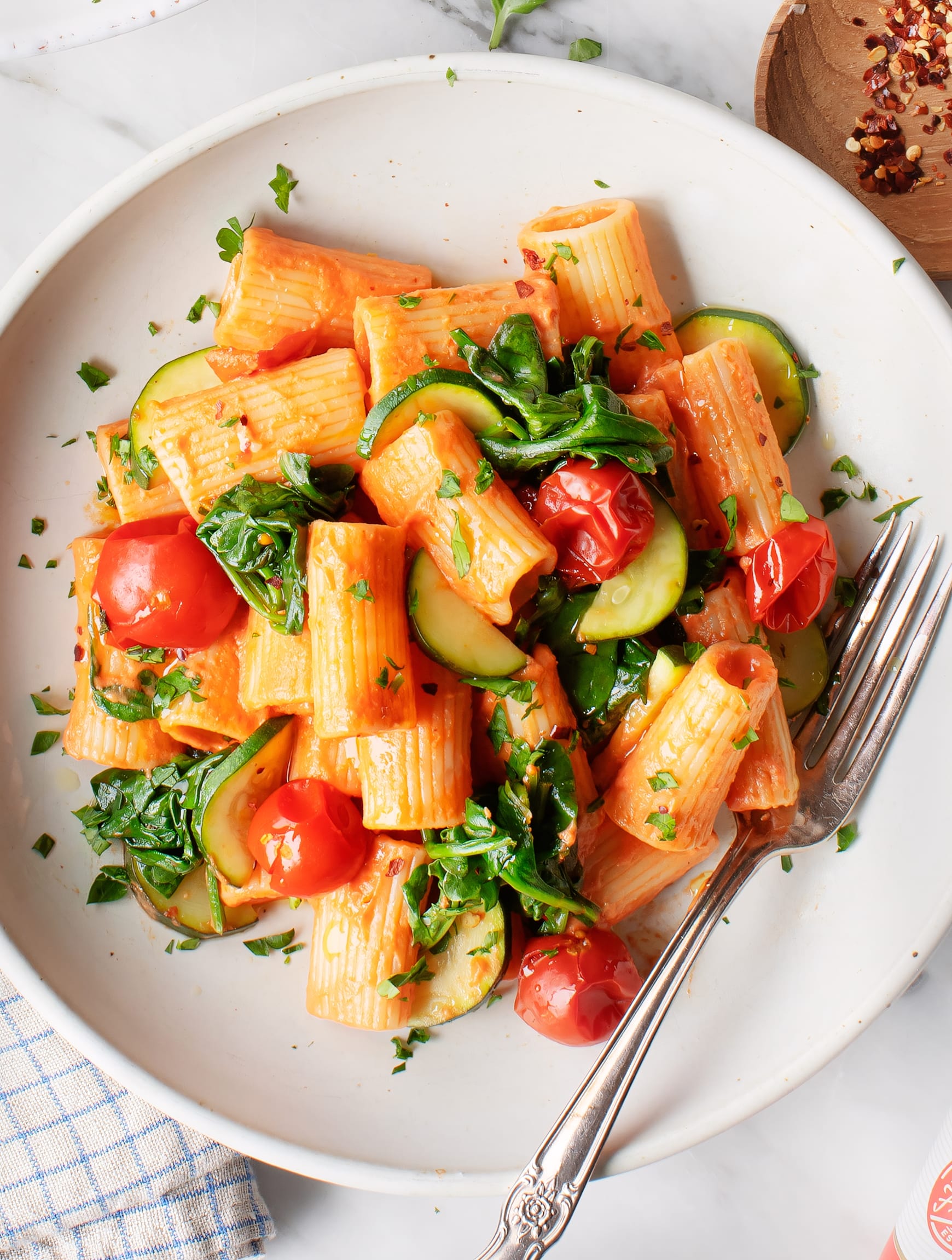
Creamy Pasta Pomodoro is a delicious, hearty dish featuring big rigatoni noodles coated in a tangy, luscious creamy tomato sauce. The sauce is made by blending marinara with cashews and tomato paste, creating a smooth, dairy-free treat that’s packed with flavor and complemented by fresh vegetables like zucchini, spinach, and cherry tomatoes for a bright, healthy finish.
Read the Recipe: Creamy Pasta Pomodoro
8. Spaghetti al Pomodoro [iowagirleats.com]
![Spaghetti al Pomodoro [iowagirleats.com]](https://iowagirleats.com/wp-content/uploads/2015/08/Spaghetti-al-pomodoro-NEW-iowagirleats-featured.jpg)
Spaghetti al Pomodoro is a vibrant and fresh dish that shines with ripe summer tomatoes, kissed with garlic, basil, and a touch of sugar for perfect balance. Simply toss this flavorful fresh tomato sauce with your favorite pasta, top with parmesan, and enjoy a light, delicious slice of summer on a plate!
Read the Recipe: Spaghetti al Pomodoro [iowagirleats.com]
9. Pasta Pomodoro [www.oliveandmango.com]
![Pasta Pomodoro [www.oliveandmango.com]](https://www.oliveandmango.com/images/uploads/2023_08_07_pasta_pomodoro_1.jpg)
Pasta Pomodoro is a quick and tasty dish where spaghetti is tossed in a simple homemade tomato sauce made with canned whole tomatoes, garlic, basil, and olive oil, all topped with plenty of parmesan cheese. It’s an easy, flavorful meal perfect for any time of the year, and you can enjoy it on its own or with your favorite protein like grilled chicken.
Read the Recipe: Pasta Pomodoro [www.oliveandmango.com]
10. Pasta Pomodoro [www.jocooks.com]
![Pasta Pomodoro [www.jocooks.com]](https://www.jocooks.com/wp-content/uploads/2023/01/pasta-pomodoro-1-4.jpg)
This Pasta Pomodoro is a quick and delicious Italian classic that comes together in just about 35 minutes using simple ingredients like ripe tomatoes, garlic, fresh basil, butter, and olive oil. Toss cooked spaghetti with this flavorful, fresh sauce for a light, satisfying meal perfect for busy weeknights or casual gatherings!
Read the Recipe: Pasta Pomodoro [www.jocooks.com]
11. Spaghetti With Pomodoro Sauce

Get a big pot of salty boiling water for your pasta and cook the spaghetti until it’s perfectly tender. Meanwhile, make a bright, flavorful Pomodoro sauce by simmering canned tomatoes, garlic, basil, olive oil, butter, and a splash of red pepper flakes, then toss the pasta in the sauce for a simple, silky, and irresistible Italian feast.
Read the Recipe: Spaghetti With Pomodoro Sauce
12. Nonna’s Pasta Pomodoro

This Nonna’s Pasta Pomodoro is a delightful dish where fresh cherry tomatoes come together quickly, creating a bright, flavorful sauce while your pasta boils. Just sauté garlic and onions, add the tomatoes and a touch of parmesan cheese, let it simmer for about 20-25 minutes, then toss with your pasta for a simple, delicious meal full of authentic Italian flavor!
Read the Recipe: Nonna’s Pasta Pomodoro
13. Easy Pomodoro Pasta
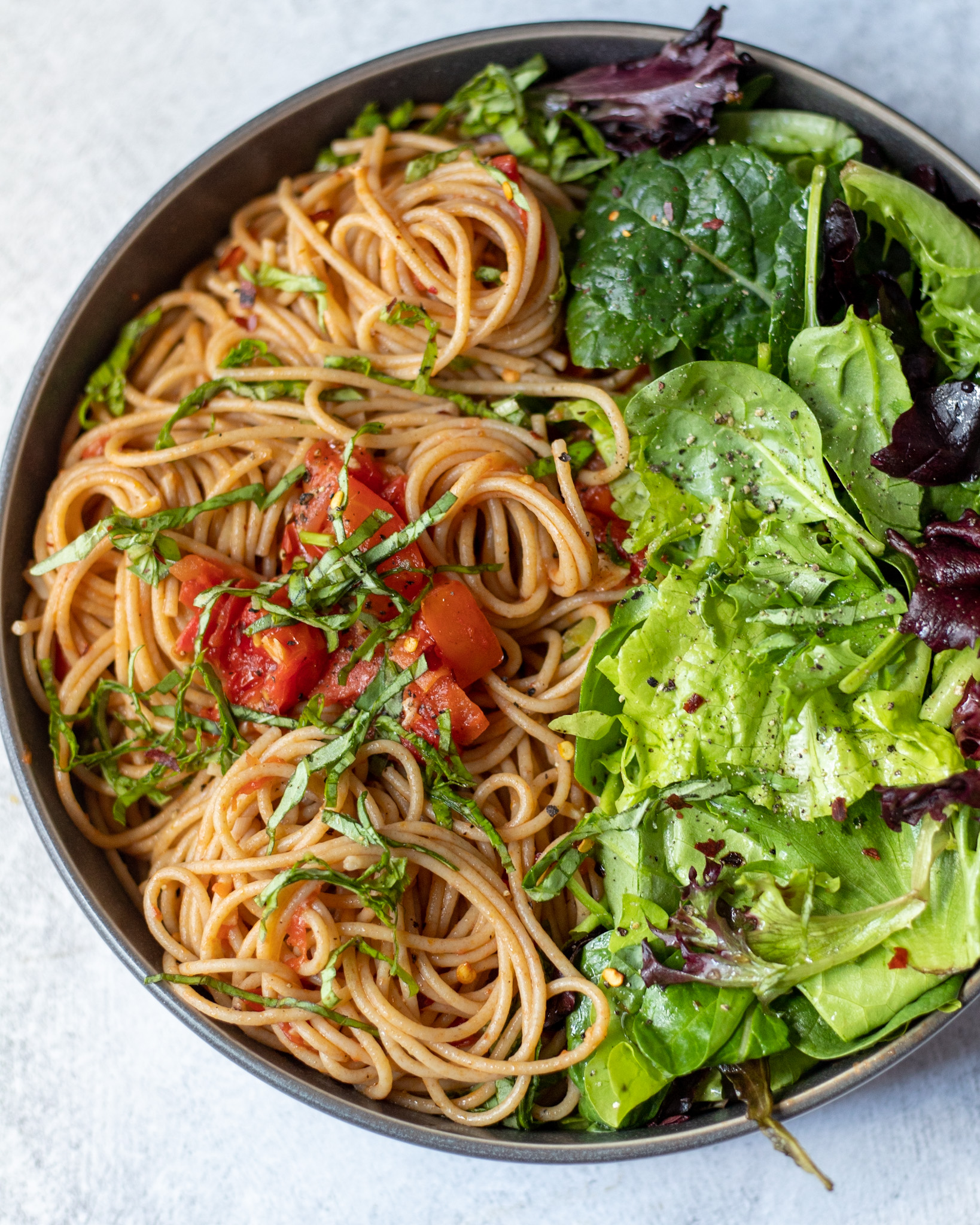
This Easy Pomodoro Pasta is a burst of fresh, vibrant flavors made in just 20 minutes with simple ingredients like garden tomatoes, basil, garlic, and olive oil. It’s a delicious, budget-friendly dish that’s perfect for a quick weeknight dinner, and it tastes even better when made with seasonal garden produce!
Read the Recipe: Easy Pomodoro Pasta
14. Pasta Pomodoro [content.ctpublic.org]
![Pasta Pomodoro [content.ctpublic.org]](https://content.ctpublic.org/wp-content/uploads/2022/03/Scott-Conant_pasta-pomodoro-recipe-scaled.jpg)
This Pasta Pomodoro is a vibrant, homemade Italian dish that combines fresh, ripe tomatoes with simple ingredients like garlic, basil, and olive oil to create a bright, flavorful sauce. The secret to its irresistible taste is slowly simmering the sauce for about 45 minutes and finishing it with a touch of butter—which adds a rich, silky finish—making this dish truly crave-worthy and full of nuance.
Read the Recipe: Pasta Pomodoro [content.ctpublic.org]
15. Pasta Pomodoro Sauce
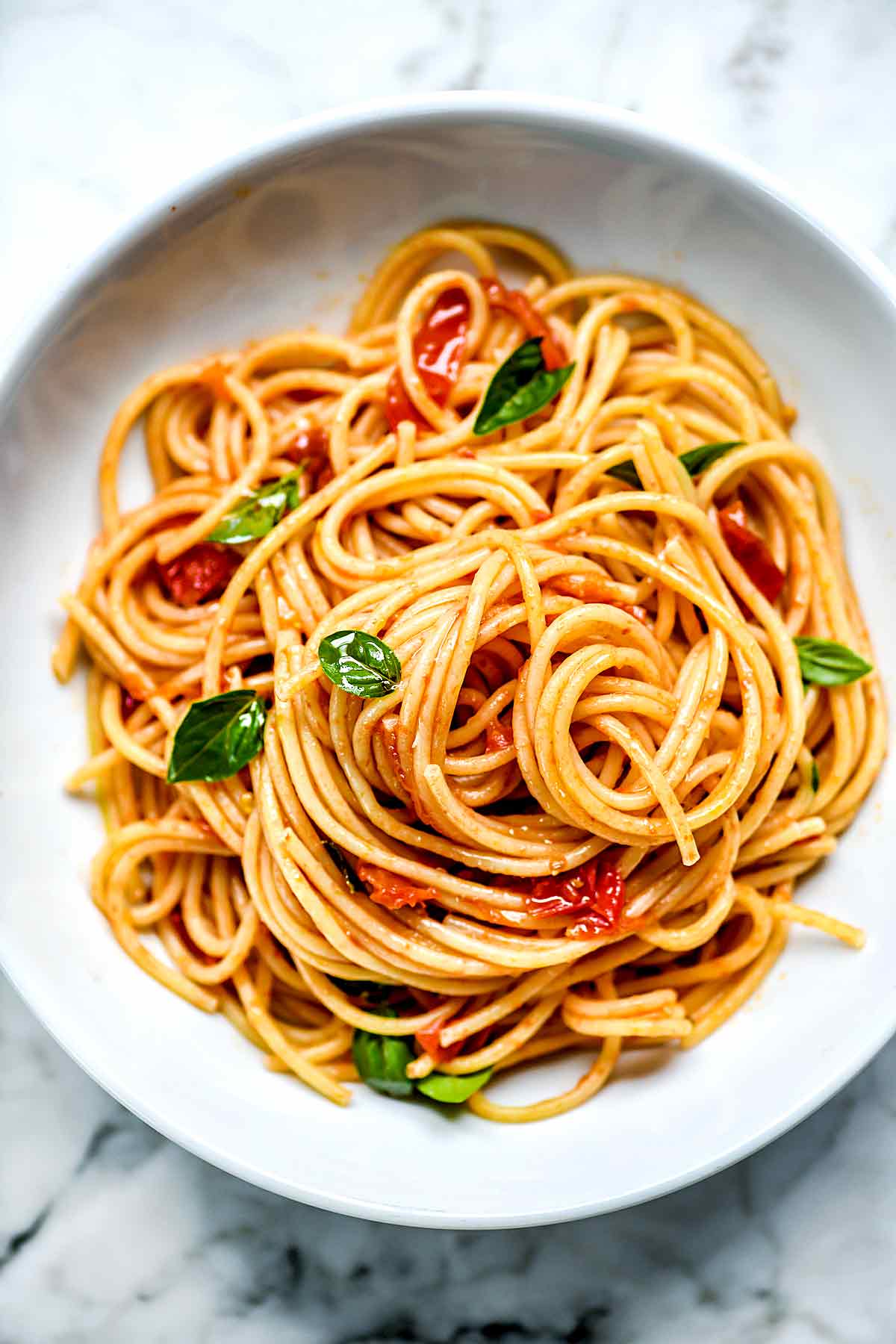
Imagine a bowl of fresh, vibrant pasta topped with a light, flavorful Pomodoro sauce made from just five simple ingredients. This authentic Italian dish is easy to whip up in 20 minutes, using ripe tomatoes, garlic, extra virgin olive oil, basil, and a pinch of kosher salt—a perfect testament to how simplicity and quality create unforgettable flavor.
Read the Recipe: Pasta Pomodoro Sauce
16. Pomodoro Sauce Recipe

This classic Italian pomodoro sauce is a simple, flavorful way to elevate your pasta, chicken parmesan, or lasagna with just a handful of basic ingredients like tomatoes, garlic, and herbs. Made quickly by sautéing aromatics and simmering canned tomatoes, it has a thick, rich texture that turns any dish into something truly delicious.
Read the Recipe: Pomodoro Sauce Recipe
17. Pasta al Pomodoro – Original Italian Recipe

Pasta al Pomodoro is a quick and delicious Italian classic made with just a few simple ingredients like fresh tomatoes, garlic, basil, and good olive oil. In only around 15 minutes, you end up with a bright, flavorful sauce that perfectly coats your favorite pasta, creating a healthy, vegan, and irresistibly tasty meal.
Read the Recipe: Pasta al Pomodoro – Original Italian Recipe
18. Pasta Pomodoro [www.christinacooks.com]
![Pasta Pomodoro [www.christinacooks.com]](https://www.christinacooks.com/wp-content/uploads/2023/08/pasta-pomodoro-at-bosco-recipe.jpg)
Cooking up this Pasta Pomodoro is like creating a burst of sunshine on your plate! The juicy canned tomatoes are simmered gently with whole garlic cloves, a whole carrot, and fresh basil, giving the sauce a rich, chunky texture and mellowing the tanginess, while crispy pasta lovingly coats every bite for a satisfying, flavorful meal.
Read the Recipe: Pasta Pomodoro [www.christinacooks.com]
19. Pasta Pomodoro Recipe – Super Fresh and Delicious!

Prepare a quick and flavorful Pasta Pomodoro by cooking fresh cherry tomatoes, garlic, and basil in olive oil to make a vibrant, slightly sweet sauce. Toss it with cooked spaghetti, mash the tomatoes for a rich texture, and finish with a sprinkle of cheese for a delightful, healthy meal in just under 15 minutes!
Read the Recipe: Pasta Pomodoro Recipe – Super Fresh and Delicious!
